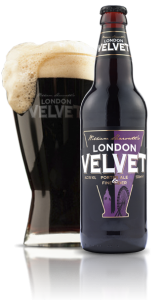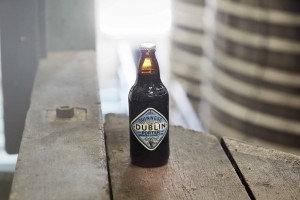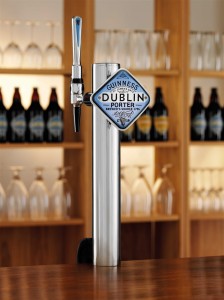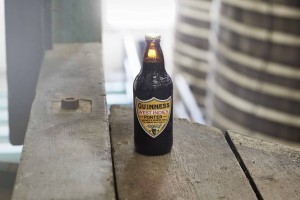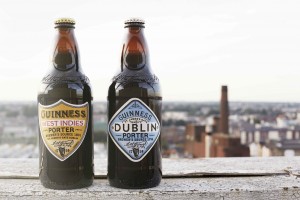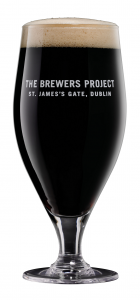 Greene King Craft beer. Oh dear. You know this isn’t going to end well. Let’s start by accentuating the positives. Greene King are one of the band of British regional brewers who helped keep real ale alive in the seventies. Abbott Ale had a deservedly strong following (though I never thought it a great traveller and like many others is nowadays rather anodyne by comparison).
Greene King Craft beer. Oh dear. You know this isn’t going to end well. Let’s start by accentuating the positives. Greene King are one of the band of British regional brewers who helped keep real ale alive in the seventies. Abbott Ale had a deservedly strong following (though I never thought it a great traveller and like many others is nowadays rather anodyne by comparison).
Since then Greene King IPA has morphed into the Watneys Red Barrel de nos jours, Greene King have absorbed and closed other smaller regional breweries. They sit in marketing no man’s land between the big brewers and genuine regionals.
There is obviously plenty of heritage at Greene King with beers like the fine 5X Barleywine which is also used as a base in some other beer. However the marketing people have seen the craft beer revolution and thought this is the bandwagon for us. They have carefully noted the names of all these new fangled hops but have clearly neither tasted the beers or taken any note of the quantities needed to achieve these flavours.
Whether by accident or design the Belhaven offering is much better and sticks to its roots better. It is a much more convincing marketing and taste proposition.
Yardbird Pale Ale, 4.2% – Bright, refreshing pale ale with a hoppy finish. Bright and refreshing possibly, hoppy finish no, over carbonated yes. Full of hops and with a lasting fruity flavour, Yardbird is inspired by the bold American pale ales. Full of hops no, they could definitely have squeezed more in. Inspired in the sense that the bold American pale ales sell well and this is a bandwagon Greene King would like to jump on.
Noble Lager, 5.0% – Brewed with the tettnang hop to produce a crisp, light & aromatic finish. Brewed with an echt hop yes. Nothing wrong with it but extremely unremarkable. Samuel Adams Boston Lager uses the US clone of this hop and is produced on a much larger scale but is far superior.
Double Hop Monster IPA, 7.2% – Late hopped for maximum aroma & a refreshingly bitter finish. Oh dear. It is not a double hop monster, have these people never tasted a real double hop monster? What were they thinking?
Belhaven Scottish Oat Stout, 7.0% – Deep dark intense. Drink at room temperature. This is the type of thing they should be brewing. It’s a bit lacking in depth of flavour for the alcohol content but it’s all right. I wouldn’t mind a bottle of this in a Greene King pub given the other fare on offer.
Belhaven Twisted Thistle IPA, 5.6% – Bold bitter juicy. Amazingly an accurately description! Very much a English British IPA though it uses Challenger, Cascade and Hersbrucker. The flavours though are more hedgerow berries and the bitterness not face melting. It is really juicy, each mouthful leaves me salivating. This beer has gown on me and definitely breaches the ‘half-decent’ barrier.
What were the marketing department thinking of? Who were they trying to sell to? Hard to imagine. They have chosen to jump on the ‘craft’ bandwagon, compare and contrast with Guinness who have gone the heritage route with their new porters.
The beer geek – laughed out of court
The old bloke in the pub – why would he choose these?
The girls night out – uncool
The supermarket bottle drinker – just maybe for a change, but no repeat.
The ‘interested’ drinker – if the ‘interested’ drinker has discovered craft beer then this will be a severe disappointment
If I was in a large pubco pub in Scotland then I might have a Belhaven, that’s the best I can say.
Eagle eyed readers will be wondering where the reviews from Intoxicated Shep are. I did give him some bottles but didn’t seek his review on this occasion. It could have turned nasty.
Disclosure: I ‘won’ 4 cases of these beers at a draw at the excellent Imbibe exhibition but I was not asked to write about them. I have suffered for free so you don’t have to pay to find out.



